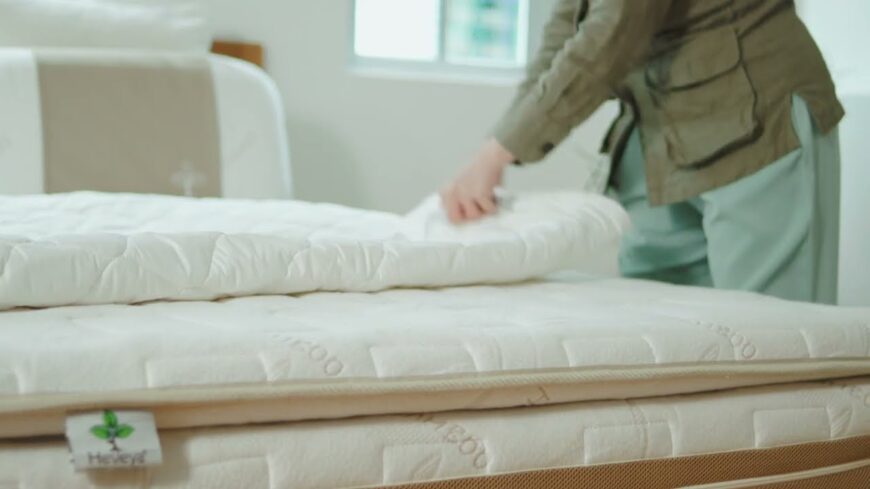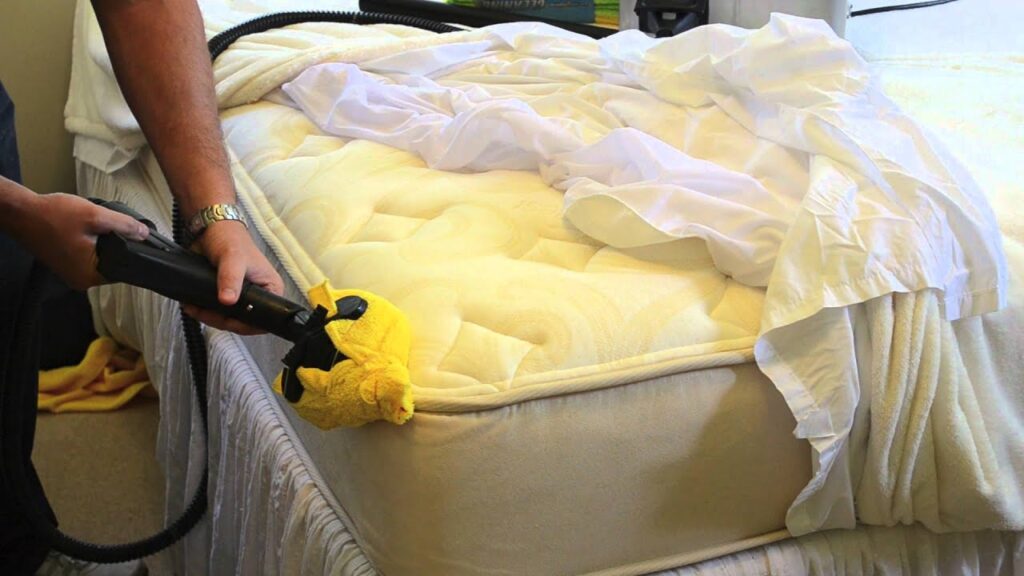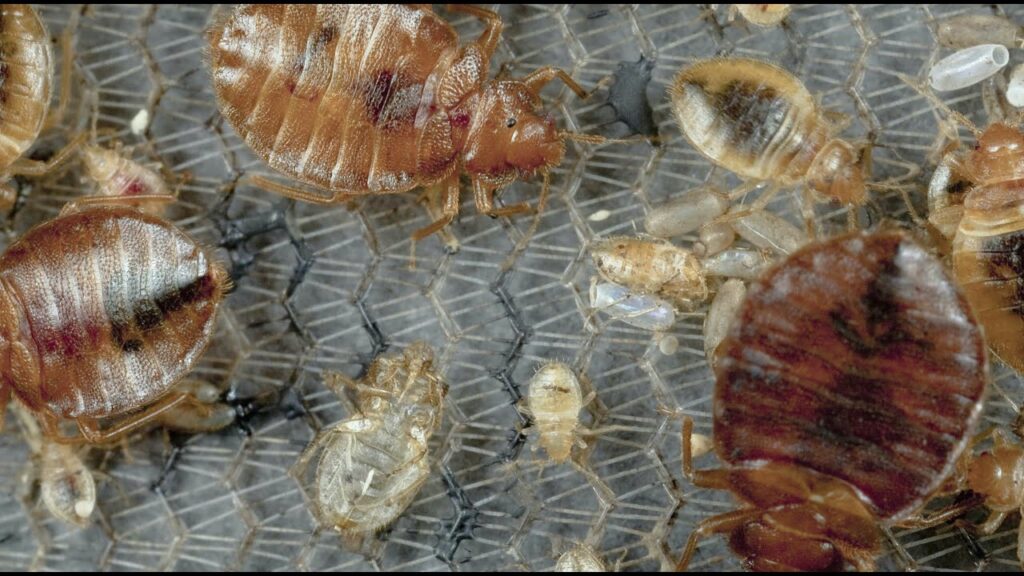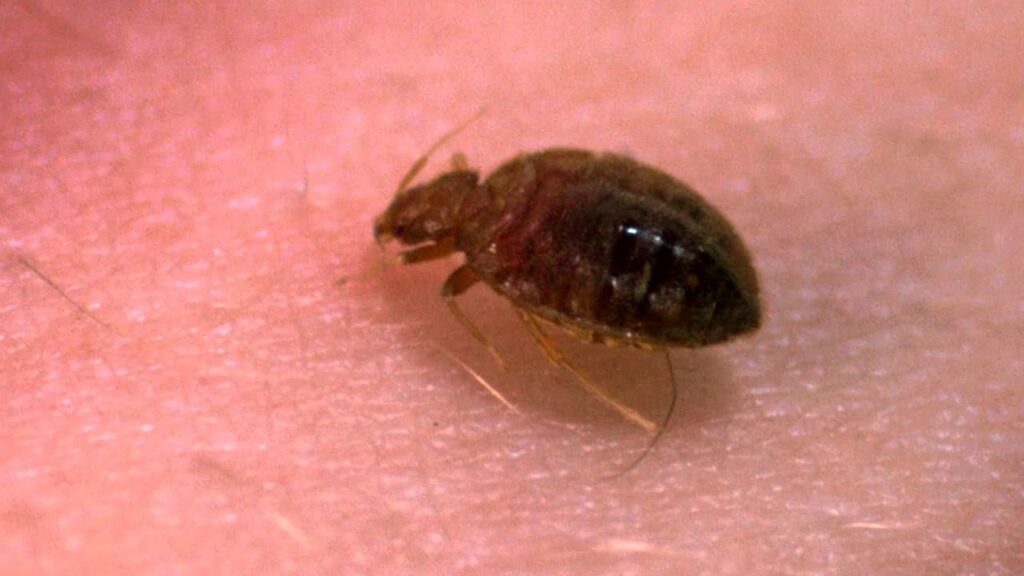If you’ve ever wondered how to check a mattress for bed bugs, you’ve come to the right place. There are some easy steps you can take to find out whether you’re dealing with a pest problem. Before you begin, be sure to understand what to look for. Bedbug eggs are tiny, round, and similar to poppy seeds. They’re often strewn throughout the fabric of your mattress, making them easy to find and remove.
Aerosol spray
A great way to check a mattress for bed bugs is to use an aerosol spray. These products are suitable for mattress use and are designed to get into the deeper areas of the mattress, where they can hide from the bugs. These aerosol sprays are ideal for the entire mattress, as the foaming formula kills bugs on contact, and the residual effects can last up to six weeks. They are also suitable for use on the mattress itself, so that you can use them wherever you want.
The first step in the treatment process is to remove all the bedding and personal items from the bed. You must also take apart the bed frame and empty nightstands. Also, treat all clothes you plan to use in the bed, such as sheets, towels, and blankets. Make sure to seal the items and dispose of them properly. You should also wash the bedding and other items that may have been exposed to the bugs.
Once you have eliminated the bed bugs in the mattress, you can move on to checking for eggs and larvae. You can apply this product to your mattress and any cushioned furniture in your room. This product will kill all the bed bugs in the bed, so you can sleep soundly. If you want to be sure that your mattress is free from bed bugs, you can also use this product to treat other areas of the house.
Another step you should take to ensure that your mattress is bug-free is to encase it. If you’re using a foam mattress, you should cover it completely with plastic. You can use encasement sheets, and install climb-up interceptors to trap them. These traps should be replaced every 90 days, and you should check the mattress for bed bugs every ninety days to ensure it’s completely bug-free.
Shell casings
Bedbugs shed their exoskeletons – or shell casings – after feeding on human blood. Their shells are translucent and see-through. They shed several times before becoming adults. You can often find them on a mattress’ seams or in hiding places. A shell casing is an excellent sign that your mattress may have bedbugs, so be sure to inspect it thoroughly.
The best way to check a mattress for bed bugs is to take it apart and examine each joint. You can also check electrical outlets, baseboards, carpets, and clothing. Don’t forget to check the cracks on walls and flooring. A flashlight can help you find the exoskeletons of the bugs. Once you’ve found them, remove them. If you find any, they’ll fall out with a thin card.
Bedbug excrement is spread out on a wide surface. You can check for them with a flashlight or magnifying glass. You can also use a flashlight to examine wood frames. Wood frames can harbor bedbugs and their eggs. Similarly, books near a mattress should be examined for bugs. These bedbugs are often hidden in crevices and cracks. It’s crucial to thoroughly check every inch of an object to ensure that it is free of any infestation.
You can also look for egg casings. These shells will be lighter in color and size and will indicate a bed bug infestation. Fresh bedbug eggs are the first sign of an infestation. Female bedbugs lay one to seven eggs per day. Their lifetime span is between fifty and five hundred days. Each egg can hatch hundreds of young bedbugs. They are small, oval-shaped and are translucent.
Blood stains
Blood stains on a mattress are one of the easiest ways to detect an infestation of bed bugs. Bed bug bites can bleed for a while after feeding, and you may notice blood spots on the sheet after accidentally squashing a bed bug. You may also notice small black dots on your bedding, resembling shed bed bug casings. When looking for bedbug blood stains on a mattress, it’s best to remove the sheets and check the mattress as well.
Bed bug blood stains will appear on sheets or clothing, so you’ll need to look for them. These stains are caused by digested blood. Typically, these stains aren’t very noticeable, and they’ll look a bit like smudges. They’ll also look like they spread out from a single area. If you find a stain, the bugs are likely hiding in the corners of your mattress.
Bed bug bites tend to appear in clusters. Some people may develop small papules or hives. Others may not experience any reaction at all. In addition, you should not discard infested items or throw them away. Instead, mention that you’ve discovered infested objects to ensure proper removal. Otherwise, you could spread the infestation to other items and people. If you’re unsure whether your bedbug infestation is due to a bug bite or a flea egg, it’s better to consult a professional.
It’s best to remove the sheets before trying to inspect the mattress for bedbugs. They tend to be a bit sneaky, so it’s best not to let them crawl on you until you’re ready to remove them. But don’t worry, they’re not hard to spot if you know what you’re looking for. There are several things to look for when inspecting a mattress for bedbugs.
Excreta
There are several ways to identify the presence of bedbugs. The most obvious way to identify bedbugs is to look for their excreta. Bedbugs poop when they walk. These droppings have a definite pattern and will leave multiple tracks throughout the mattress. You can also notice a mildew-like appearance on the mattress’ edges. It’s not uncommon for bedbugs to hide in places that are hard to see, such as under pictures or wallpaper.
To detect bedbug feces, look for small, circular stains on the mattress. Often these stains are not visible on fabric, but are a good indication that the mattress is infested. These stains will be visible if the feces have not dried and aren’t bled through. The stains will also look like crosshair lines and will smear when you touch them with a rag or wet Q-tip. The feces from bedbugs will smell like rust, blood, or urine, but you can’t collect them because they’re a liquid.
If you suspect the presence of bed bugs in your mattress, look for a dark spot on your sheets. You’ll also notice a trail of feces on the underside of your mattress protector. It will be streaky and rusty red. This evidence is indicative of the presence of bed bugs. Moreover, bed bugs have a habit of boroughing, which means that they move from one place to another.
You may also notice the presence of live bedbugs. The smell of bedbugs is similar to the scent of a wet towel. The scent will be stronger if there is a heavy infestation. However, the only way to know for sure whether bed bugs are present is to check for live bugs and excreta. The best way to do this is to see the bugs themselves. You can also use a magnifying glass to check the cracks. For the best results, the search should be conducted at night, when the bedbugs are more active.
Insecticides
If you’re concerned that your mattress may have bed bugs, you’ve likely searched high and low for an insecticide to apply. However, not all products are equally effective in killing bed bugs. Here’s how to test your mattress for bugs using an insecticide. Then, you can follow the same steps to protect yourself from future infestations. First, use a magnifying glass to look for fecal spots. These can be as large as the bed bug itself. They’re also dark in color, and they will stand out against a white mattress.
Some insecticides are safe to use in the home, but you should always follow the instructions on the label and follow safety precautions. You can also get infected by improper use of insecticides, so be sure to read the label before applying. Remember that the product you use can cause a severe health problem. Most pesticides for bedbugs are only approved for outdoor use, and using them indoors will expose you to harmful residues.
If you suspect your mattress has bed bugs, you can try to use an insecticide or spray it directly on the infested area. This can be a very effective way to get rid of bed bugs, but you need to be patient, since this is a time-consuming process. Using an insecticide will kill the bugs immediately, but it will not get rid of the infestation completely.
Another effective method is to use a commercial insecticide. These sprays contain 0.06% deltamethrin. The dosage is 4.07 mg/cm2. The spray has a 60.0% mortality rate after seven days, based on three replicates that included 15 bed bug nymphs. The sprays will not work if they dry up. They also won’t kill the eggs.




